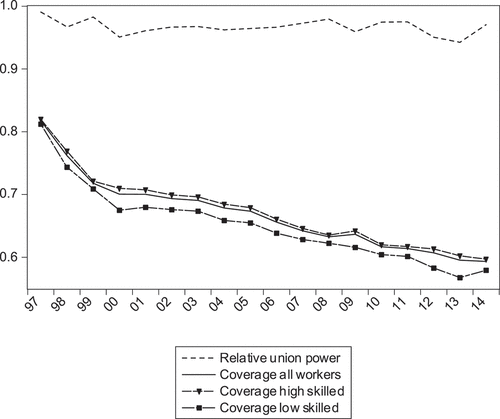Figures & data
Table 1. Theoretical overview: the effect of higher inequality on.
Figure 1. Productivity and wages.
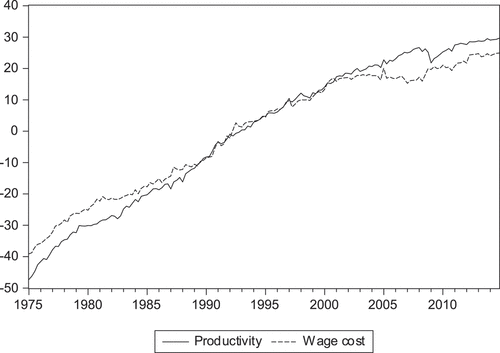
Figure 2. Hours.
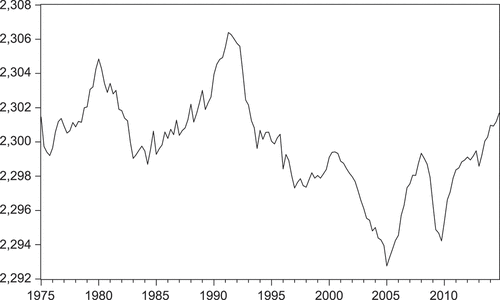
Figure 3. Inequality and skill-biased technical change.
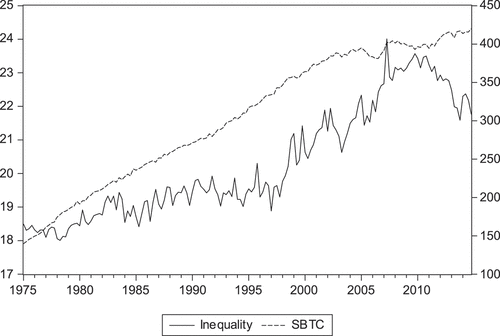
Table 2. Impulse responses: identifying assumptions in the matrix of long-run effects.
Figure 4. Responses of ,
and
to SNT, SBT and inequality shocks.
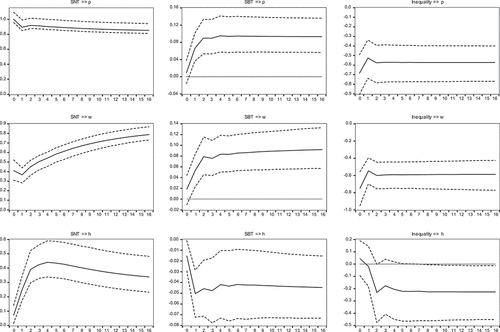
Figure 5. Historical decomposition: the contribution of inequality shocks.
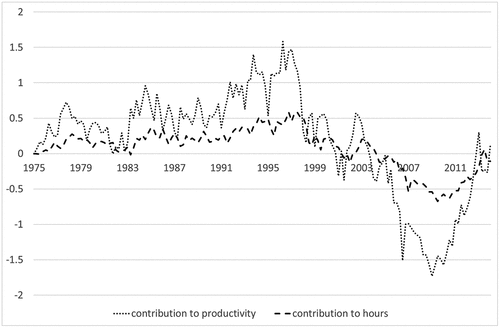
Figure 6. Inequality below and above the median wage.
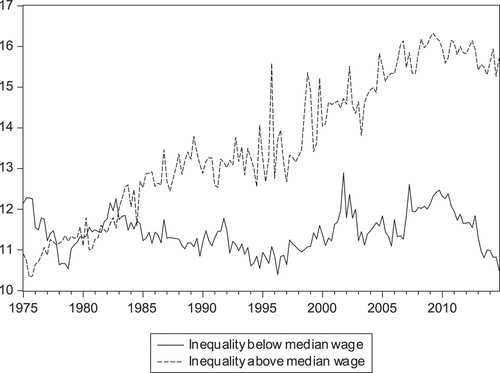
Figure 7. Responses of ,
and
to
and
shocks.
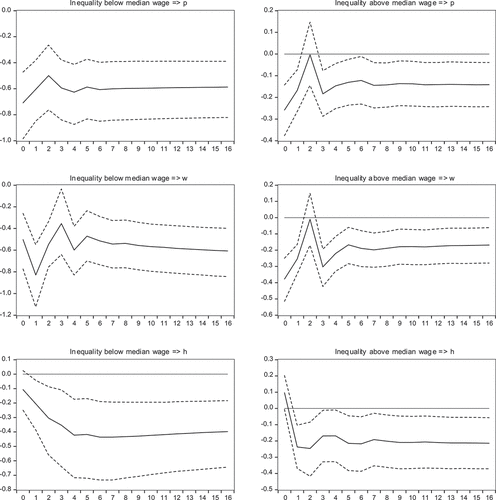
Figure A1: Robustness checks: Responses of ,
and
to inequality shocks.
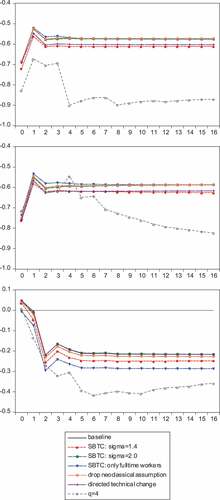
Figure A2: Union power: share of workers covered by collective labour agreements.
